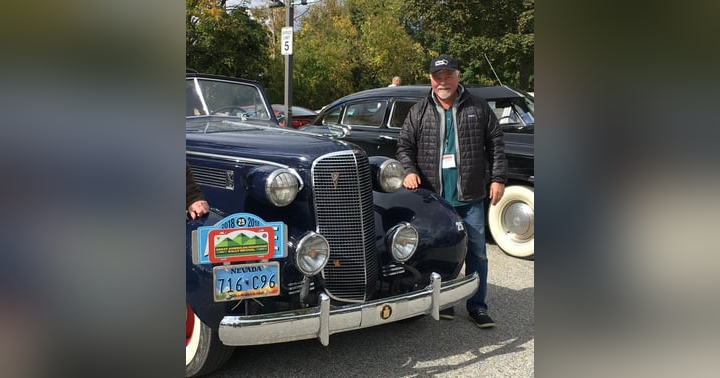Oct. 10, 2021
The next in our series of city profiles from a resident’s point of view is Liverpool, England. Today’s blogpost preview of the Wednesday October 13, podcast will feature actor Frank Cannon, my cousin, who will give us a witty, historic perspective on this port city of 500,000 people.
 178 miles Northwest of the capital, London, the Liverpool metropolitan region has a population of 2.2 million people making it the 5th largest urban area of the UK. It continues to be a thriving economic, artistic and transportation center. During the heyday of 19th Century Victorian Britain, it was a key port and economic artery for the Industrial Revolution. The cotton trade from the Southern US states to the cotton Mills of Yorkshire and Lancashire was a cornerstone of its economic success. It’s links to the Confederacy were strong : the CSA had a consulate in Liverpool.
178 miles Northwest of the capital, London, the Liverpool metropolitan region has a population of 2.2 million people making it the 5th largest urban area of the UK. It continues to be a thriving economic, artistic and transportation center. During the heyday of 19th Century Victorian Britain, it was a key port and economic artery for the Industrial Revolution. The cotton trade from the Southern US states to the cotton Mills of Yorkshire and Lancashire was a cornerstone of its economic success. It’s links to the Confederacy were strong : the CSA had a consulate in Liverpool.
Known for its classical architecture, it still has stunning buildings lining its streets.
 St. George’s Hall, above is one such example.
St. George’s Hall, above is one such example.
 The Liverpool Philharmonic Is an example of postwar modernism. And not to be missed are the rows of Georgian era houses and offices which anchor the downtown area.
The Liverpool Philharmonic Is an example of postwar modernism. And not to be missed are the rows of Georgian era houses and offices which anchor the downtown area.
 Transportation continues to be a key part of the economy with the John Lennon Airport a busy link to Europe, and beyond.
Transportation continues to be a key part of the economy with the John Lennon Airport a busy link to Europe, and beyond.
 Lime Street Station is the key railway artery linking Liverpool to the rest of the UK.
Lime Street Station is the key railway artery linking Liverpool to the rest of the UK.
 The Beatles burst on the global musical scene in the early 1960s and are immortalized throughout the city.
The Beatles burst on the global musical scene in the early 1960s and are immortalized throughout the city.
 It seems that their images are everywhere.
It seems that their images are everywhere.
 Liverpool because it was such an important port, has always been a cultural and racial melting pot. It has the oldest Chinese district in all of Europe as well as a historic black area. The Irish flocked to the city during the Potato Famine. Many stayed but many more continued their journey on to America, Canada and Australia from these shores.
Liverpool because it was such an important port, has always been a cultural and racial melting pot. It has the oldest Chinese district in all of Europe as well as a historic black area. The Irish flocked to the city during the Potato Famine. Many stayed but many more continued their journey on to America, Canada and Australia from these shores.
 So make sure to listen to Frank Cannon’s take on his Hometown, Liverpool, England.
So make sure to listen to Frank Cannon’s take on his Hometown, Liverpool, England.




























